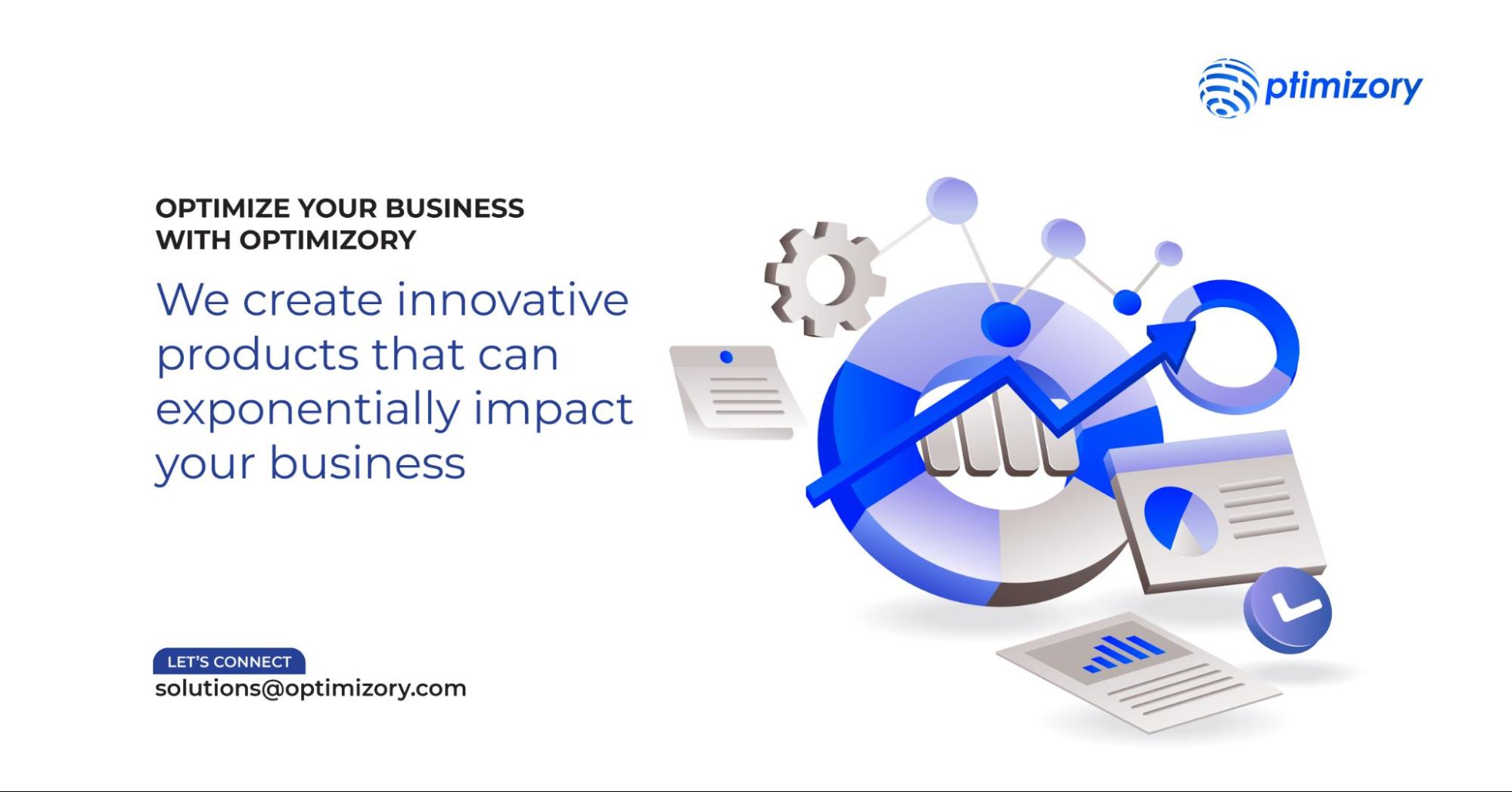How To Write A Project Proposal: 6 Steps for Writing One
This guide outlines the six crucial steps for how to write a project proposal for turning ideas into reality and garnering stakeholder support.
Start Free Trial
This guide outlines the six crucial steps for how to write a project proposal for turning ideas into reality and garnering stakeholder support.
Start Free Trial
All projects have their beginnings, but they don't simply materialize out of thin air. Instead, they start with a well-crafted project proposal—a document that serves as the initial blueprint for turning ideas into reality. In this guide, we'll walk you through the essential steps of "how to write a project proposal?" that garners approval and sets the stage for success.
A project proposal is akin to a written elevator pitch—it's concise yet comprehensive, designed to convey the essence of your project in a compelling manner. It serves as a roadmap for stakeholders, providing key details such as the project timeline, budget, objectives, and goals. Ultimately, the project proposal aims to sell your idea and persuade stakeholders to support and invest in the initiative.
Project proposals and project charters play distinct roles in project initiation and planning. A project proposal is a concise document that outlines the key details of a proposed project, including its objectives, scope, timeline, budget, and expected outcomes. Its primary purpose is to persuade stakeholders to approve and support the project.
On the other hand, a project charter is a formal, authoritative document that officially authorizes the existence of a project. It defines the project's objectives, scope, deliverables, roles and responsibilities of team members, project organization, and governance structure. The project charter serves as a reference point throughout the project's lifecycle and provides a clear understanding of the project's purpose and expectations.
Proposals occur in the initiation phase, while charters are created during planning. Often, the business case is confused with the proposal but serves a different purpose. After proposal approval, a business case seeks additional project funding.
Various types of project proposal formats serve different purposes, each tailored to specific situations encountered by project managers. Understanding these formats is crucial for effective proposal writing:
Here's a guide on crafting a project proposal, applicable across various types, with a customizable outline to ensure all essential elements are covered:
The executive summary acts as the opening statement of your project proposal, akin to an abstract in a report or an introduction in an essay. Its purpose is to provide a concise overview of the proposal's contents and persuade stakeholders to delve further into the document. Depending on the project's complexity, the executive summary may span from a single paragraph to a few paragraphs.
Key components to include in your executive summary are:
Provide an in-depth analysis of the project's context, utilizing data and references to emphasize the significance of the problem at hand. Address the following key points:

After outlining the problem in the project background section, the subsequent step in crafting your proposal is to present the solution. This pivotal section offers the opportunity to elaborate on your project approach in detail.
Key elements to incorporate include:
While not all items may be applicable to every proposal, tailor the content based on the specific project scope and requirements. This section typically forms the core of the proposal, providing comprehensive insights into the proposed solution and the roadmap for its execution.
Clarify the project deliverables and objectives within your proposal, which is a pivotal stage in crafting your project proposal. Stakeholders seek assurance regarding the outcomes of your project, whether it be a product, program, technological advancement, or other tangible results. As stakeholders peruse your proposal, this section serves as a revelation of the project's purpose, delineating how their resources will be utilized.
When outlining your deliverables, ensure to incorporate:
While highlighting the problem and solution within your project, defining the deliverables provides stakeholders with a clear visualization of the project's objectives and outcomes.

Detail the resources essential for project execution to provide stakeholders with a comprehensive understanding of project needs. After delineating the problem, approach, solution, and deliverables, proceed to elaborate on the necessary resources essential for executing your initiative.
This section should encompass:
Craft a compelling conclusion summarizing the project's essence and potential impact:
By incorporating these elements, your project proposal will effectively communicate the project's vision, objectives, resource needs, and anticipated outcomes, fostering stakeholder support and commitment.
Crafting an impactful project proposal requires more than just following a template. Here are additional tips to elevate your writing:
Tailor your proposal to resonate with your audience, considering their needs, interests, and preferences. Whether addressing stakeholders or potential investors, understanding their perspective enables you to align your proposal with their priorities. For instance, when pitching a new editing tool to a children's publishing house, appeal to parents' emotions by highlighting how the tool enhances learning experiences and fosters creativity.
Harness the power of persuasion to captivate your audience and inspire action. Convey the value proposition of your project by emphasizing its unique features, benefits, and potential impact. Clearly articulate how your proposal addresses key challenges or fulfils specific needs, compelling stakeholders to invest their support. By showcasing the tangible benefits and outcomes of your project, you instil confidence and enthusiasm in your audience, motivating them to endorse your initiative.
Ensure your project proposal remains clear and concise. While it's essential to outline your problem, approach, and solution, avoid unnecessary complexity. For instance, when detailing the plan for your editing tool project, focus on the overall strategy rather than delving into technical specifics like coding methodologies.
Back your proposal with credible research and evidence. Provide relevant statistics, case studies, or charts to support your problem statement and proposed solution. Put yourself in the reader's shoes and address key questions such as why the problem matters, how your solution addresses it, and what the associated costs entail. By anticipating and addressing these queries, you demonstrate the credibility and viability of your project proposal.

Utilize project management tools provided by Optimizory to enhance your project proposal. Effective project proposals rely on collaborative efforts among team members. By employing suitable management tools, your team can streamline communication, share relevant information, and collaborate on a single document seamlessly.
Centralizing all project-related data facilitates easy access whenever necessary. Well-organized and well-planned projects serve as the foundation for compelling project proposals. Hence, leveraging project management software such as RMsis emerges as a crucial resource to ensure the efficient drafting of a project proposal.

Most mature requirements management application for Jira.